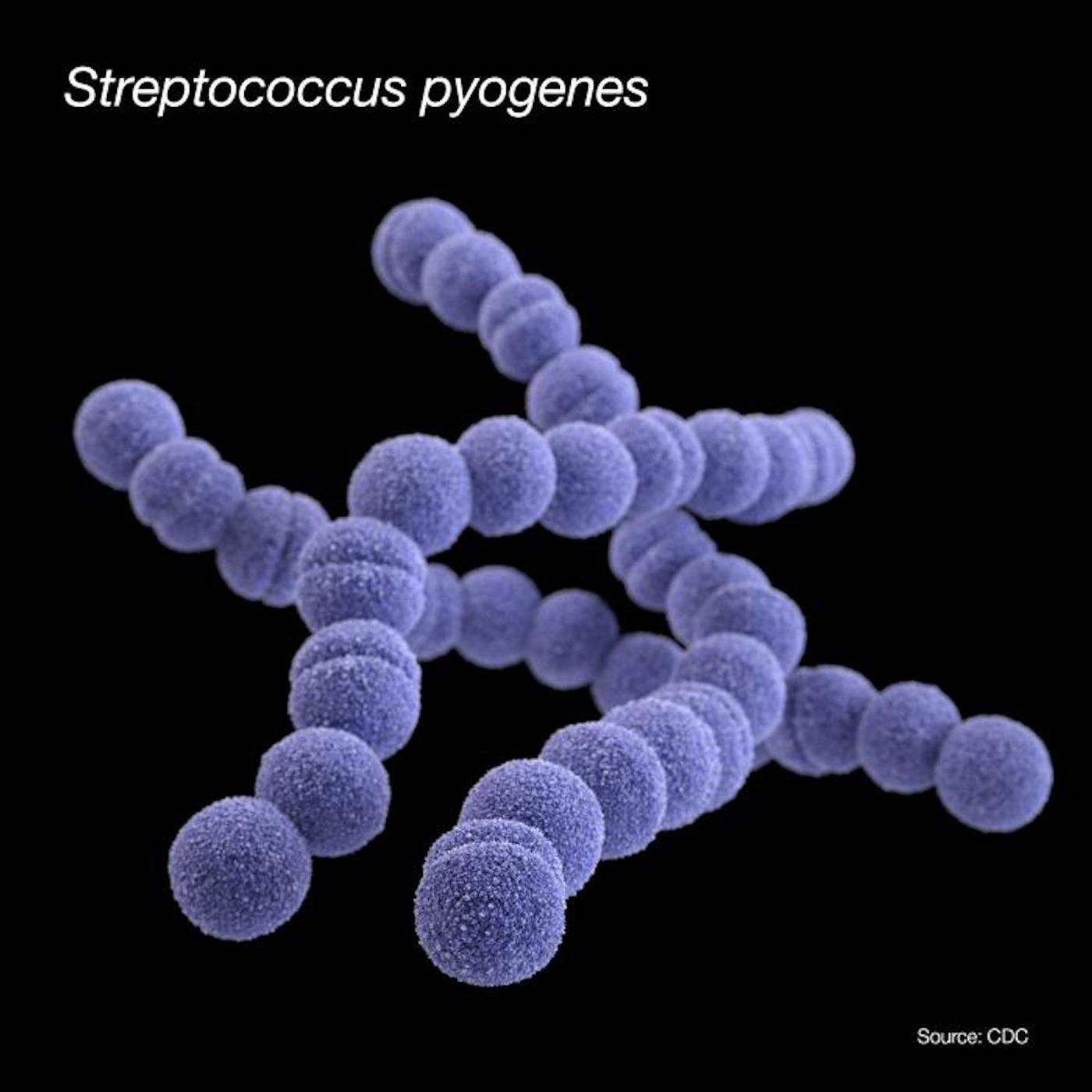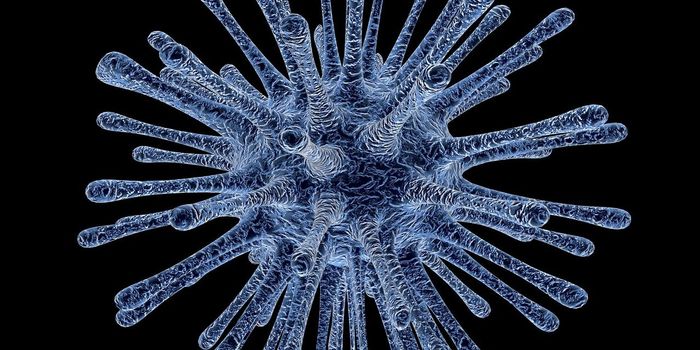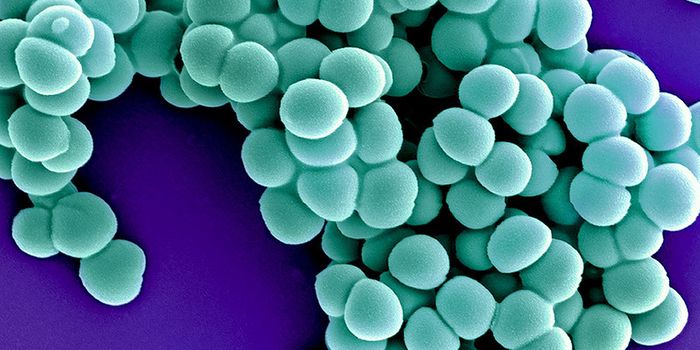A Novel Trigger for Cell Death is Identified
Cell death is an important natural process the body uses to maintain health; dysfunctional or unhealthy cells have to be taken out of commission before they cause harm. Scientists have now identified a previously unknown trigger for a type of cell death called pyroptosis. This trigger is a molecule called gasdermin A, which is part of the gasdermin (GSDM) family. GSDMs punch holes in the membrane of a cell to purposefully cause cell death, or pyroptosis. GSDMA activity is induced by a bacterial molecule called SpeB that is produced by group A Streptococcus. The findings have been reported in Nature.
"In essence, what we see is that skin cells would rather destroy themselves than be taken over by dangerous bacteria," explained study co-leader Christopher LaRock, Ph.D., an assistant professor at Emory University.
Skin infections can be caused by a bacterial pathogen called Group A Strep (GAS), and antibiotics often fail to treat these necrotizing or 'flesh-eating' infections. Amputation is sometimes the only option, and the infections can be fatal.
In this study, cells from human study participants were grown in culture and exposed to infection, and a mouse model of infection were both assessed to investigate how infections impacted the immune system. When human skin cells were infected with GAS that generate SpeB, the cells died from pyroptosis induced by GSDMA. When mice could not express GSDMA homologues, invasive skin infections were more severe.
"This research shows how skin cells detect GAS and how it can evade antibiotics by hiding intracellularly, and we hope to target these processes so that we can both save lives and reduce the need for surgery," said study co-leader Doris LaRock, Ph.D., an assistant scientist at Emory University.
Gasdermin A could play a role in protecting the body from other infections too, noted the researchers.
"We are looking at how we can use our finding to target cell death to help us better treat infections, and also conditions such as alopecia, dermatitis, psoriasis and keloid, as those are all diseases which involve skin cell death," added Christopher LaRock.
The researchers are interested in determining how the body differentiates between pathogenic and harmless microbes. While later stages of infection are more well-understood, less is known about the beginning.
Bacteria such as Staph or GAS can be a harmless part of the human microbiome, but they can also lead to diseases ranging from mild to severe, noted LaRock, and our body has to be able to modulate its responses to bacteria, which might be benign, or may be dangerous.
The virulence of some pathogens comes from their crippling impact on the inflammatory response, LaRock added. Yersinia pestis, which caused the bubonic plague and killed millions of people, is one example. "But GAS is different because it deliberately hyperactivates inflammation to seed chaos."
Sources: Emory University, Nature









